Appeal to Singapore’s Land Transport Authority to re-route the proposed cross-island MRT line away from the MacRitchie forest – sign the petition HERE.
“In January 2013, the Land Transport Authority announced the plan of the Cross Island MRT Line (CRL) which would begin from Changi, passing through Pasir Ris, Hougang, Ang Mo Kio, Bukit Timah, Clementi, West Coast, and terminate at Jurong Industrial Estate targets to be completed by around 2030 (below).
“I did not pay attention to this news until last week when a friend shared a link regarding a petition to save Singapore’s Forest Reserves initiated by Teresa Teo Guttensohn. There was also an article on The Straits Times and TodayOnline dated 19 July 2013 where it mentioned that the Nature Society (Singapore) has opposed the future CRL and has proposed an alternative route that cuts southwards via Lornie Road around the reserve.
“As a nature lover who enjoys photographing insects and bugs in forested areas, I am concerned after reading the impact of CRL on Singapore’s rich biodiversity as it would cut through the southern portion of the Central Catchment Nature Reserve, between Upper and Lower Peirce and MacRitchie Reservoirs. As an ordinary individual, one of the little things that we could do is help to highlight what would potentially be destroyed by the construction of CRL. In this regard, Ivan Kwan has done a superb job in his “The Lazy Lizard’s Tales Blog” LINK where he pointed out that many of our threatened and endangered native mammals, birds, reptiles and amphibians, insects, etc., live in these forests and any form of large-scale disturbance is likely to have adverse impacts on them. I am glad he included the uncommon Forktail dragonfly taken by me although I would have preferred him to mention Triangled Small Percher instead as it is classified in the Singapore Red Data Book 2008 as a critically endangered species which lives only in Upper Peirce forest. Since no damselflies were mentioned, I would like to take this opportunity to emphasize that there is possibility that Singapore’s most beautiful damselflies that happen to live in the affected areas could be extinct due to the construction of CRL.
“I am referring to the Libellago which is the most unique damselfly genus in Singapore with its wings distinctly longer than the body. They are rare, attractive and require pristine habitat. I have rated them as the most beautiful damselfly species in Singapore! We used to have 4 Libellago species in Singapore checklist but unfortunately, one of them known as Libellago stigamtizans (Orange-faced Gem), is already extinct here. The following image of a Libellago stigmatizans in flight was photographed in Malaysia, at Panti Forest, Johor (below).
“The remaining 3 Libellago species can still be found locally. They are Libellago lineata (Golden Gem), Libellago aurantiaca (Fiery Gem) and Libellago Hyalina (Clearwing Gem) and we should protect these Gems to the best of our ability.
“Libellago lineata has a relatively higher chance of survival as it can be found at two locations, one at a protected area in Mandai forest not accessible by the general public, and the other one at Lower Peirce Reservior (below: male and female).
“The behaviour of the Libellago genus is fascinating too. One of my most satisfying damselfly works is a series of images showing the unique and complete behaviours (i.e. territory fight, mating, egg-laying process, male guarding the egg-laying female) of Libellago lineata all taken at the edge of Lower Peirce Reservior (below).
“Libellago aurantiaca has been recorded in Upper Peirce forest and Lower Peirce Reservior but both areas would be affected by the CRL. They are usually found in swift clear streams, typically with a sandy bottom and perch just above water as shown in the image below. I particularly like the male which is striking beautiful dressed in vibrant colour of red and yellow.
“All the females of Libellago genus are less attractive with duller colours and Libellago aurantiaca is no exception. When both are displayed side-by-side, it is not difficult to tell which gender is more eye-catching (below).
“Mating of any damselflies is a joy to watch, not to mention this cute and gorgeous gem in a wheel or love shape formation (below).
“The most vulnerable of them all has to be the Libellago hyalina simply because their only home is at Upper Peirce forest. This is a precious species as it shows a great deal of colour variations, both in the female & male. The females have 3 different colours form and I like the one with a “tiger-skin” abdomen the best (below).
“The other two females have duller colours and therefore slightly less attractive (below).
“The males have 3 colours form too with the bluish grey abdomen being the least good looking (below).
“The metallic blue male is more handsome (below).
“But I like the glowing purple abdomen male the best (below).
“With a total of 6 colours, surely it must be the most colours form damselfly species in Singapore! While doing a search of this species over the internet, I have found images of female Libellago hyalina from other countries that look similar to ours. However, the colours of the males are different from Malaysia, Thailand, Indonesia and Cambodia. In other words, the 3 colours form of the male Libellago hyalina above could be uniquely Singapore that cannot be found anywhere else on Earth! This makes it all the more valuable and should be protected at all costs! In the event that the CRL has to proceed to meet the infrastructure development needs of Singaporeans, LTA should find ways to guarantee zero disturbance to our nature reserves and ensure the survival of at least the critically endangered species. [Image below shows the Libellago hyaline, glowing purple male].”
Anthony Quek
Singapore
25th July 2013
Reference: Tang, H.B., L.K. Wang & M. Hamalainen (2010). A photographic guide to the Dragonflies of Singapore. Raffles Museum of Biodiversity Research. 222pp.
Note: We thank Anthony Quek for permission to reproduce this post which first appeared in his website LINK. All images by Anthony Quek.
Earlier Posts:
1. Saving MacRitchie forest: A youngster’s view LINK
2: Introduction LINK
3: Flying Lemur LINK
4: Mammals LINK
5. Fragile frogs and tender tadpoles LINK
6. Refuge for reptiles LINK
7. Eco-performance LINK
8. You can’t see the wood from the trees LINK
9. Sanctuary for spiders LINK
10. Chained to our roots LINK
11. Plants LINK
12. Birds and their status.LINK
13. Mushrooms LINK
14. Butterflies, jewels of the forest LINK
15. A pangolin’s plea LINK
16. Stinkhorn fungus and butterflies LINK
17. Sensless killing of a Flying Lemur LINK
18. A pangolin came for a visit. LINK
19. Night birds. LINK



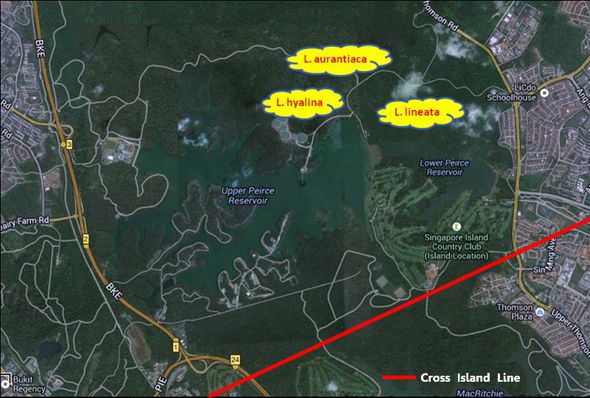
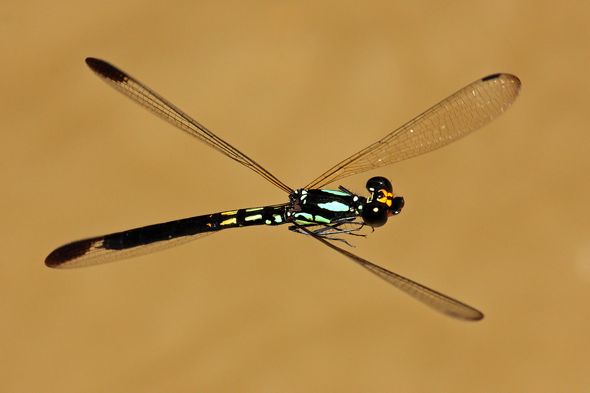




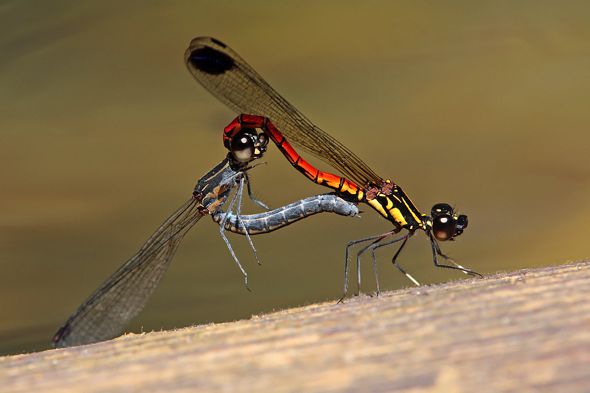
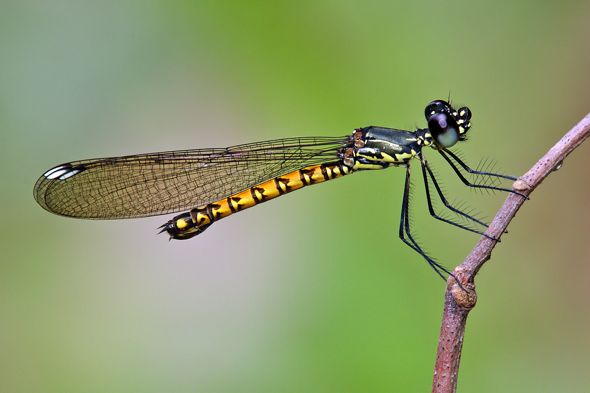

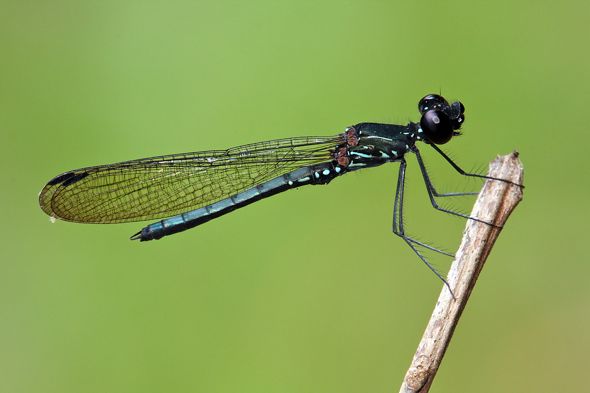
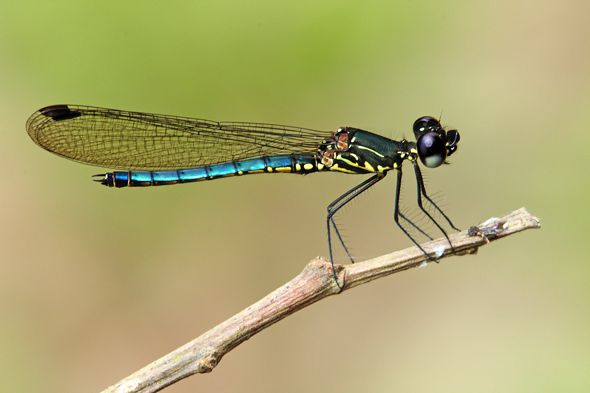
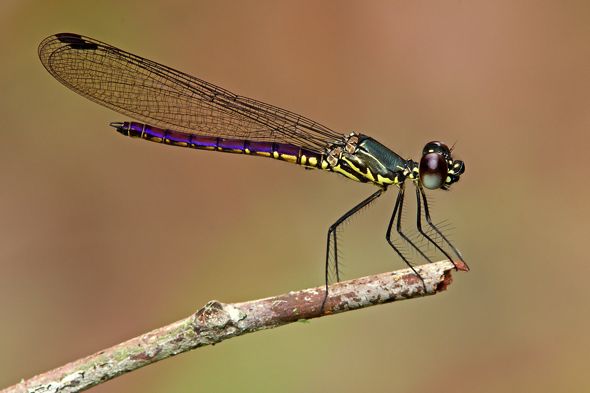
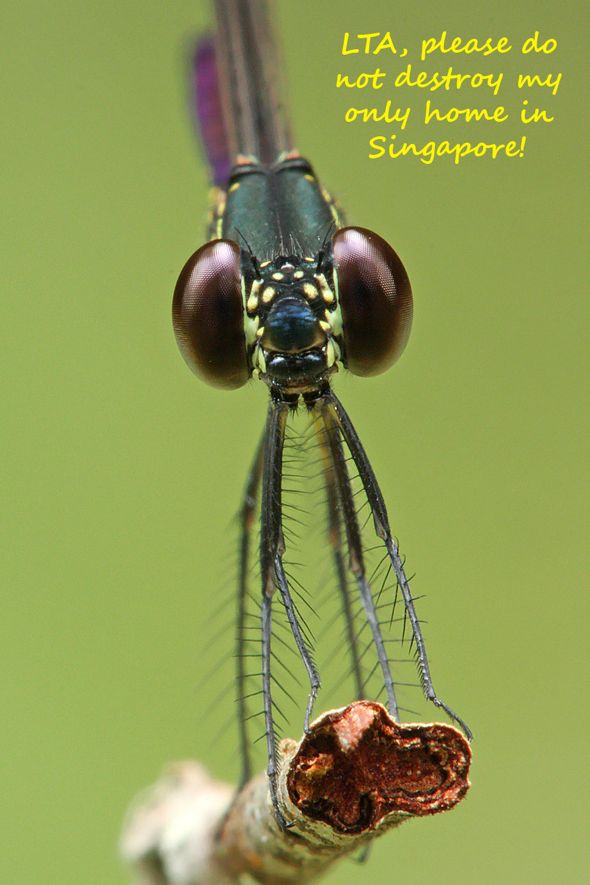







6 Responses
Very soon this website will be famous amid all blogging
people, due to it’s pleasant articles or reviews
We strive to please. And we try not to remain stagnant…
Lovely little critters & they must be saved. They have a right to share the Earth with humans….